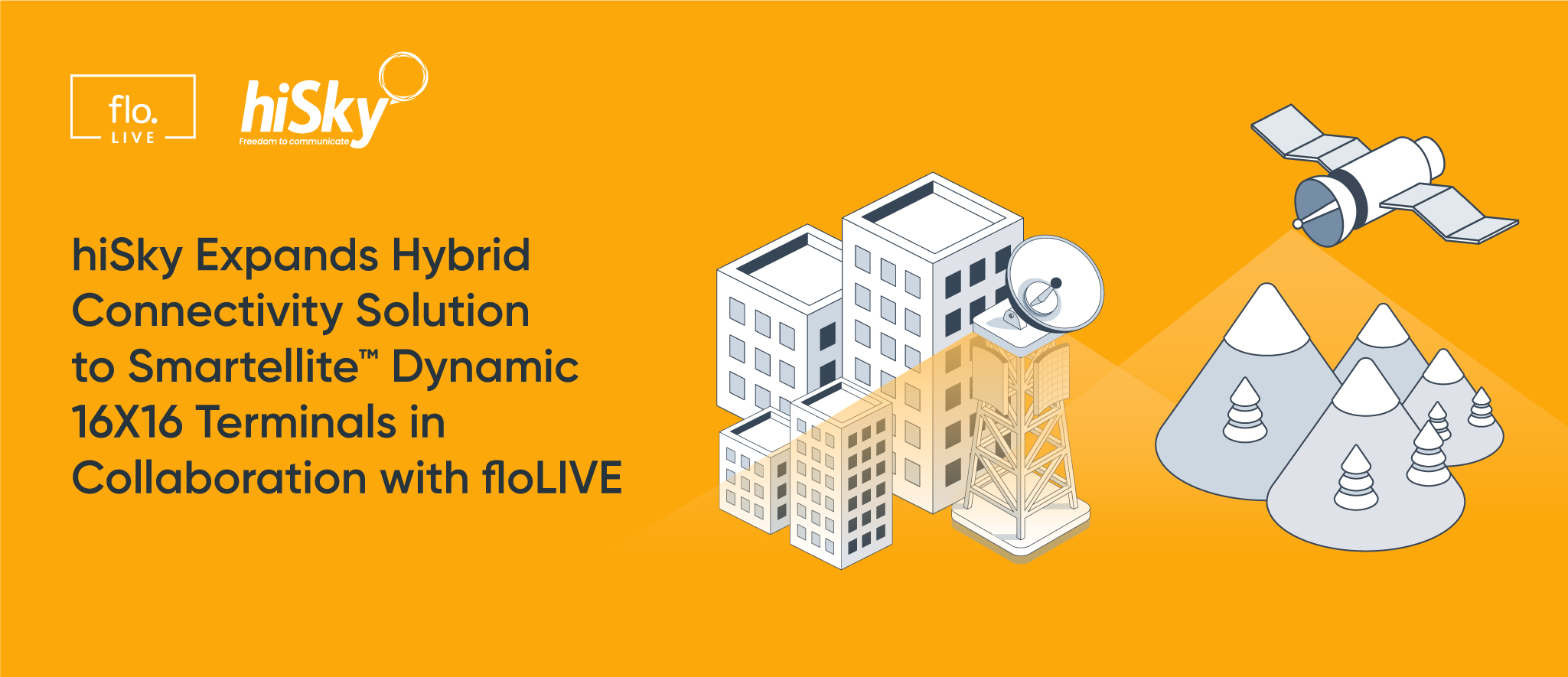One thing holds all of these use cases together, the process of data being collected and then fed back to a centralized system for reporting, analysis and in many cases – advanced analytics. It should come as no surprise that the more accurate and real-time the information, the better the end result. With this logic, we should want continuous connection to our devices, providing as consistent reporting as possible.
However, an always-active device, continually transmitting and receiving data puts an extremely high strain on its battery, directly reducing lifespan. The balance here is critical. When you think about depleting battery life as a consumer, it’s simply a matter of plugging in a charging cable at the end of the day – a frustration perhaps if the battery life reduces faster than you were expecting, but no real disaster.
From an IoT device point of view, power consumption is an essential part of business strategy and can be the difference between success and failure of a project. After all, IoT devices may be deployed globally in hard to reach locations, and it is often complex to monitor and ascertain how an IoT battery is performing from afar and on devices without screens. The consequences could be catastrophic. Think about an agricultural IoT solution, where depleting battery life could cause a crop to fail, or a medical IoT device that causes real and measurable risk to its patients if the battery fails faster than expected.
Lastly, while the batteries themselves are relatively inexpensive, replacements can often cost as much as replacing the entire device, so extending the lifespan of the battery in practice means extending the lifespan of the entire device.

Battery life has become a key buying decision for device manufacturers. What solutions are in place?
Many cellular technologies are fighting to come up with innovative solutions for this very issue, and there are some exciting advancements on the market already that make a real difference. Think about technologies such as NB-IoT and CAT-M, where data is transmitted regularly, but outside of transmission times the device remains asleep, waking up only to send and receive information.
Innovative connectivity solutions are looking to take this technology even further, focusing on reduced latency to improve the lifespan of IoT devices by as much as years. Think about the equation in its simplest possible terms. The more time the device in the field has to spend sending information, or waiting for a response – the more time it will be awake. In practice, if you can reduce your latency in one direction from 100ms down to 50ms, or from 50ms down to 12ms, this will directly cause battery life improvement of between 50% and 75%. With this innovation, we’re talking about more than doubling the battery life of a device, a dramatic improvement.
Making this happen needs an approach based on three critical elements of latency, all of which floLIVE has embedded into its solution, built to address the limitations of roaming SIMs that cause innately high latency, as well as local carrier networks who have failed to meet this challenge.
1. Local packet gateways: Having a local PGW deployed in the specific regions where the devices operate eliminates the problems of latency associated with roaming SIMs and agreements. This alone isn’t enough, or local carrier networks could meet the shortfall. For this to be effective, special capabilities and functions need to be integrated that address issues such as radio frequency interference, policies governing data transmission, and consumption rates for current and power.
2. Latency between the layers: Communication is not isolated to device – centralized platform. There is also the communication between the network layer and the application layer to consider, an additional element of latency that is often neglected. Reducing the latency between these layers will have the same direct impact on battery life. In this approach, manufacturers co-host their application servers next to our local packet gateways, allowing data to travel between the layers faster.
3. Unique data exchange approach – Our unique data exchange technology, specially designed for latency-critical devices, limits the amount of time that your device has to be awake, the benefits of which we discussed above. Whenever the application layer sends a message, it will be stored until the device is awake. When the device becomes active, any messages sent can be immediately received, allowing the device to return to inactive as quickly as possible, and limiting the amount of ‘checking’ the device needs to do, directly improving battery life.
Looking further than battery life alone
Of course, a complete connectivity platform looks at more than just battery life, as not all IoT devices will rely on extending battery life for their success. floLIVE addresses the needs of IoT across the board, including eliminating the issues related with roaming restrictions, protecting devices across the network using core network, device and data security, and seamlessly meeting compliance regulations globally.
Together, floLIVE presents the most simple and straightforward process for device and connectivity management globally, regardless of network or location.
Piqued your interest? Get in touch to discuss your IoT requirements.










